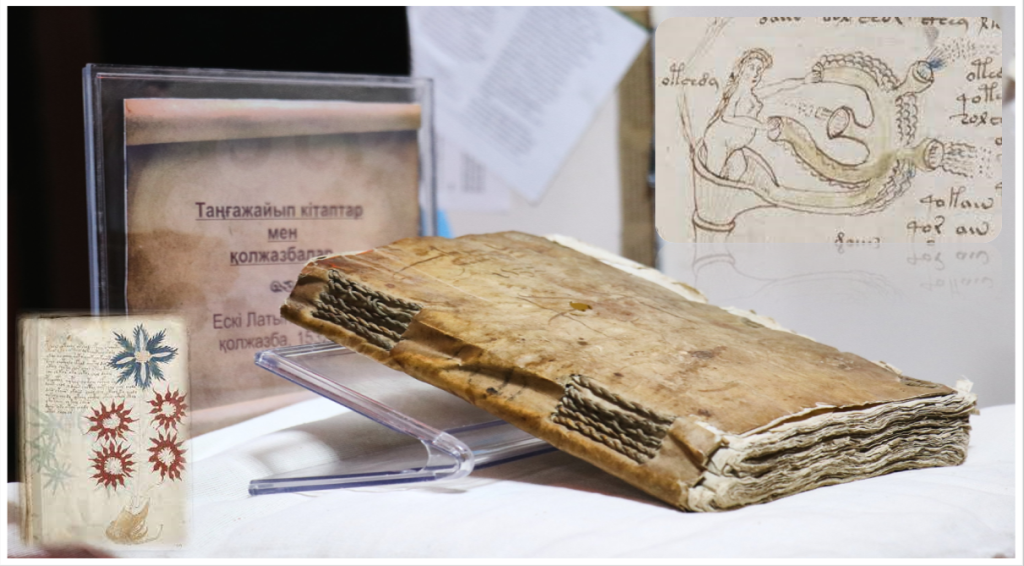The past never ceases to amaze us with its compelling and often macabre elements. One such enigmatic and disturbing relic of history is an ancient Latin manuscript with a binding made of human skin found in Kazakhstan.

What’s even more interesting is that only a small portion of the page has been decrypted so far. The manuscript has intrigued scientists and researchers for many years, but remains shrouded in mystery.
The manuscript, believed to have been written in 1532 by the Northern Italian notary Petrus Puardus, contains 330 pages, of which only 10 have been deciphered to date. The National Academic Library Rare Publications Museum in Astana has exhibited the manuscript, donated by a private collector, since 2014.
Mordil Terebbai, an expert at the Science Department of the National Academic Library, explained that the book was bound using an outdated binding technique called human skin binding, which used human skin during the binding process.
A thorough scientific examination of the cover of the ancient manuscript revealed that it was made of human skin. For a better understanding of this manuscript, the National Academic Library sent the manuscript to a specialized research institute in France for further analysis.
The first few pages of the manuscript seem to contain information about financial transactions such as mortgages and loans, but the overall content of the book remains a mystery. The National Academic Library houses an extensive collection of some 13,000 rare publications, including books made from a variety of materials such as snakeskin, gemstones, silk and gold thread. The contents of the manuscript and the reason for using human skin for the binding are mostly unknown as only a small part of the text can be deciphered. This discovery sheds light on past practices and the use of human remains in historical relics. Continuing efforts to decipher the document is vital, as it may reveal valuable insights about the past. This relic is of great importance and serves as evidence of Kazakhstan’s rich cultural heritage.






